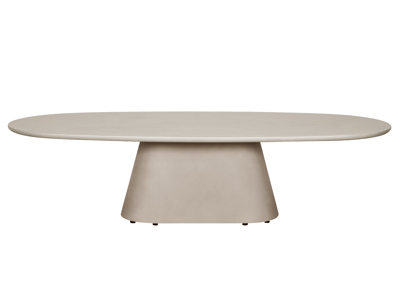Разве не удивительно, как простота чайной чаши может скрывать в себе целую вселенную смыслов? Почему её чистый цвет, часто скромный и неприметный, становится объектом восхищения для тех, кто посвятил себя искусству чайной церемонии? Возможно, именно в этой чистоте заключена тайна совершенства, которая проявляется в каждой детали — от формы до текстуры, от истории создания до момента использования. Но что делает эту чашу столь особенной? Как она превращается из обычного сосуда в символ гармонии и духовности?
Задумывались ли вы когда-нибудь о том, почему в японской культуре чайная церемония, или тядо, уделяет столь пристальное внимание таким, казалось бы, малым вещам, как цвет чаши? Не является ли это преувеличением, или, напротив, ключом к пониманию более глубоких истин? Ведь в современном мире, где всё движется с бешеной скоростью, мы часто упускаем из виду красоту в мелочах. Но, может быть, именно эти мелочи — цвет, текстура, баланс — и есть то, что напоминает нам о важности замедления и осознанности?
Как мастер, создающий чашу, достигает того идеального оттенка, который не просто радует глаз, но и вызывает внутренний отклик? Использует ли он природные пигменты, передающие essence земли, или это результат years of experimentation and spiritual dedication? И почему этот цвет часто бывает muted — не ярким и кричащим, а спокойным, почти медитативным? Does it reflect the wabi-sabi philosophy, where imperfection and simplicity are celebrated? Or is it a metaphor for life itself, where true beauty lies in authenticity rather than ostentation?
Consider the moment when the tea is poured into the bowl. How does the color interact with the liquid, creating a visual symphony that enhances the experience? Is it merely aesthetic, or does it influence the taste and the overall atmosphere of the ceremony? Perhaps the purity of the color acts as a canvas, allowing the drinker to project their own emotions and thoughts, making each session unique and personal. But then, what role does the viewer play in this dynamic? Are we, as participants, co-creators of the art through our perception?
Delving deeper, one might ask: is the perfection in the details a result of human skill alone, or is there a divine element involved? In many traditions, craftsmen invoke spiritual guidance to imbue their work with meaning. Does the чаша serve as a bridge between the mundane and the sacred? How do its color and form facilitate a connection to something greater than ourselves? And in today's digital age, where everything is mass-produced, does handmade artistry like this hold even more value as a testament to human creativity and patience?
Furthermore, how does the concept of 'чистый цвет' translate beyond the tea ceremony into everyday life? Can we apply this appreciation for detail and purity to our own actions and environments? For instance, in design, fashion, or even interpersonal relationships, does focusing on the essence rather than the superficial lead to more fulfilling outcomes? What lessons can we learn from the чаша about mindfulness and the pursuit of excellence?
But let's not forget the historical context. How has the evolution of tea bowl colors reflected changes in society, philosophy, and technology over centuries? From the vibrant hues of the Heian period to the subdued tones favored by Sen no Rikyū, what do these shifts tell us about human values? And in a globalized world, how are traditional colors being preserved or adapted? Are we at risk of losing this depth of meaning in favor of commercial trends?
On a practical note, how does one choose the right чаша? What should beginners look for in terms of color and detail? Are there guidelines, or is it purely intuitive? And for collectors, what makes a particular bowl's color 'perfect'? Is it rarity, historical significance, or something more elusive like the emotion it evokes? How do experts authenticate and value these pieces, and what role does color play in that process?
In conclusion, while we may never fully unravel the mystery of the чаша's pure color, the questions themselves invite us to engage more deeply with the world around us. They encourage a slower, more thoughtful approach to life, where every detail matters. So, I leave you with this: next time you hold a tea bowl, pause and ask yourself — what secrets does its color hold? How can I find perfection in the simplicity of this moment?
This article has explored these inquiries not to provide definitive answers, but to spark reflection. The beauty of the чаша lies in its ability to inspire endless wonder, reminding us that true mastery is found in the attention to the smallest of details. Embrace the mystery, and let it guide you toward your own path of discovery.




